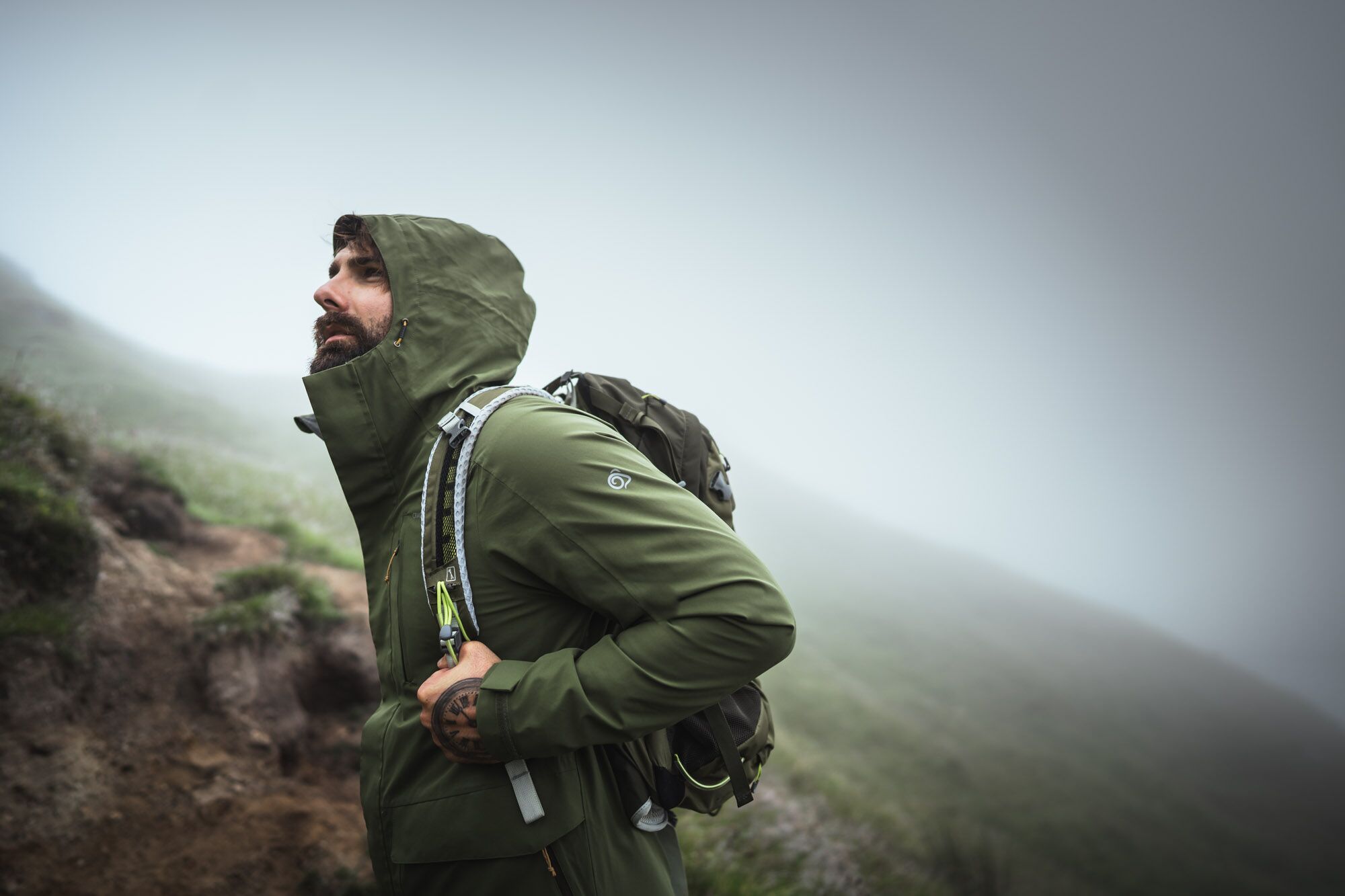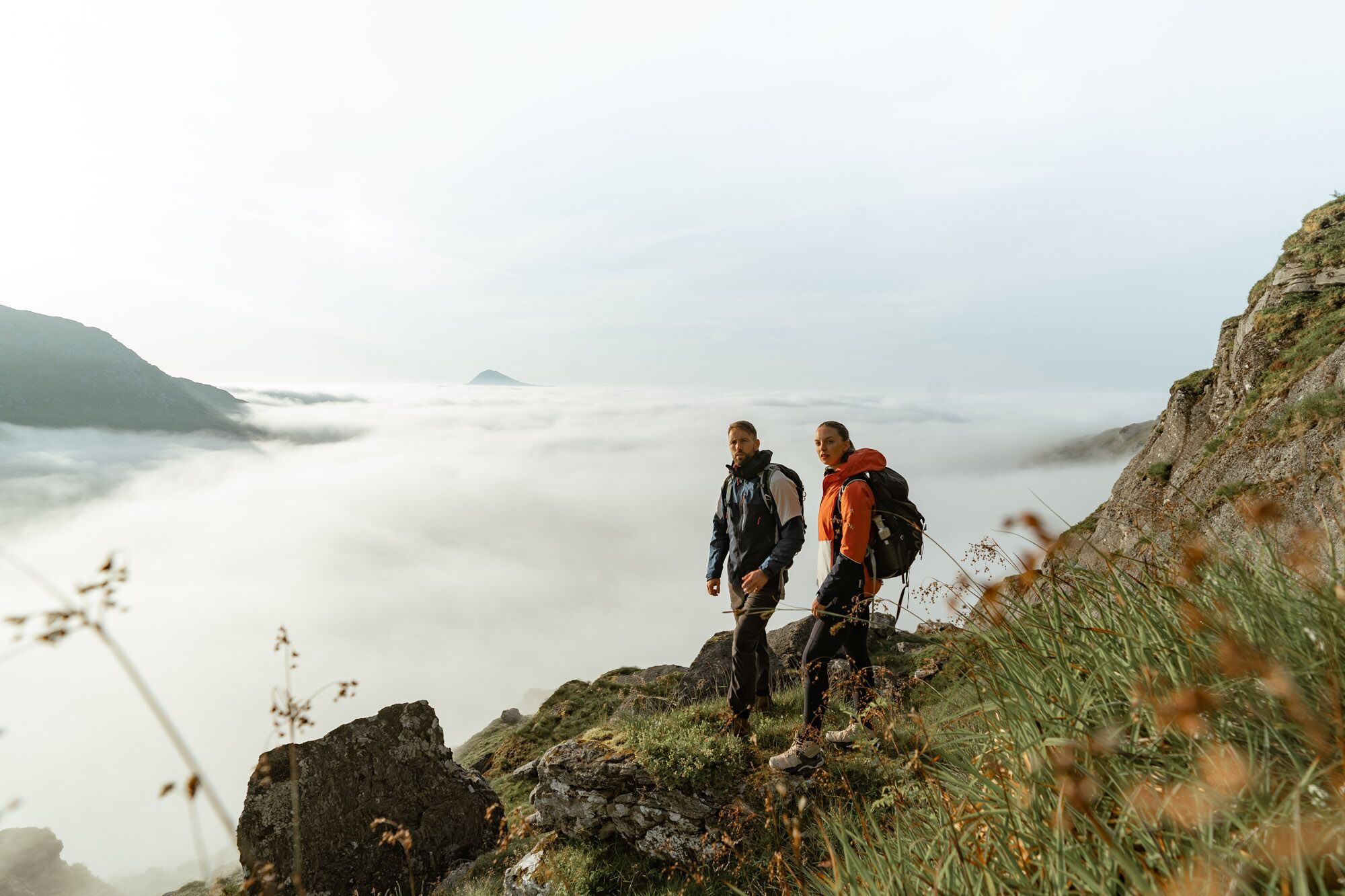Hiking can be a great way of exercising and enjoying the great outdoors. However, if you’re wanting to add regular hiking trails to your weekends or try more advanced hiking routes, then you may want to start completing some exercises for hiking. This will ensure your body is fit and ready to combat difficult and uneven terrain, as well as longer routes and unpredictable weather. It will also allow your body to recover faster from your hiking trails so you can get out and do another hike faster!
The perfect hike for many is an empty trail alongside a winding river or flowing waterfall, with a lush valley before ascending to towering summits with breathtaking views. However, that perfect hike can be ruined when you’re struggling for breath and scrambling to keep your balance as the fatigue starts to set in. Hiking can be a mental escape and a relaxing pastime for many. However, it’s important to remember that it’s also labour-intensive for the body and requires cardiovascular endurance and muscular strength.
At Craghoppers, we understand how important it is to get outside and enjoy the great outdoors. That’s why we have devised a list of our favourite five training exercises for hiking, as well as some other fitness ideas to incorporate into your regime to ensure you can maintain and improve your health for hiking. We also understand that the correct equipment can help your body fight the fatigue of the hike. That’s why, along with our favourite five exercise for hiking, we recommend buying a pair of sturdy walking boots and walking trousers for ease of movement and comfort.
FIVE EXCERSISES FOR HIKING
Squats
Squats are one of the best exercises for hikers because it’s a compound exercise that targets your posterior chain and encourages all-over muscle growth. It’s also a versatile exercise that can be adapted to your level of fitness. For more advanced training for backpacking, use a barbell across your shoulders as this will help your back get used to carrying the weight of a rucksack. You can also do jump squats, which will improve your cardiovascular health and build strength and power in your legs and hips.
How to do it: Stand with your feet hip-width apart, tighten your stomach muscles and then sit into a squat position as if you’re sitting back into an invisible chair. Then straighten your legs to lift back up and repeat. We would recommend three sets of eight to ten reps.
Lunges
Lunges make for excellent training for hiking, especially when hikers can underestimate how much walking downhill or uphill for a prolonged period of time can really affect their legs – especially the quads! Lunges isolate each leg so you can work them out individually, including both your quadriceps and your hamstrings. This will help with levels of power and push as you scale that picturesque but gruelling mountain.
How to do it: Start by standing, then step forward with one foot until your leg reaches a 90-degree angle. Return your lunging leg to the starting position and then repeat with the other leg. We recommend two sets of 10 to 15 reps
Step-Ups
This is one of the best exercises for hikers as it builds strength in the quadriceps and glutes, which are vital muscles for climbing and hiking. Plus, they’re easy to do at home without any gym equipment, all you need is a staircase or stool to step onto.
How to do it: Stand facing the stool or step and then raise one foot to stand on it. Stand on the stool with both feet and then use the same starting leg to step down. Repeat and then switch legs. We recommend three sets of five to 10 reps per side.
Pelvic Drop
The pelvic drop is the perfect hip hike exercise and can help with lower back pain, knee pain or hip pain. The muscles in the hips are responsible for helping you walk up and down stairs, so it is vital to train them to help you hike up mountains.
How to do it: Stand on a stool or bottom step of your staircase. If you’re struggling with balance, make sure to hold onto something sturdy. Hang one leg off the step and then gently lower it to the ground. This allows your pelvis to slowly drop down. Then raise the leg again and repeat, switching legs after a set. We recommend two sets of 10 to 15 reps.
Band Walks
Band walks, along with squats and lunges, is one of the best exercises for strength training for hiking. This exercise strengths the abductors (the outer hips) which are vital for the stability of knees and hips.
How to do it: Place a fitness band just above your knees. Maintain tension as you step sideways with small movements. Step eight to ten paces before switching direction. For further strength training for hiking, try bands that have greater resistance. We recommend 10 to 12 repetitions on each side, or step for 30 to 60 seconds for each leg.
WALKING WITH A WEIGHTED BACKPACK

Walking with a weighted backpack is another great exercise for strength training for hiking. Practice carrying the weight of your hiking essentials, such as food, water, first aid kit, waterproof jacket, and camping gear, by walking with a weighted backpack. Training for backpacking can be tedious, but it doesn’t have to be. Go on your favourite walks with a weighted backway to build strength and endurance, whilst enjoying the sights of your beloved locations. For added fun, ask a friend to come along with you.
Walking with a weighted backpack, also known as ‘rucking’, increases the load that the movement places on the skeletal system. This is beneficial as it stimulates your bones to grow stronger. This type of strength training for hiking is also helpful for older people who may not be able to perform other strength-based exercises, like squatting.
We recommend starting with smaller weights, then increasing the weight in 10-pound increments. Make sure you’re not in pain and don’t carry more than you can cope with. An injury could be disastrous for your hiking adventure!
Once you’ve improved your endurance and strength, then we recommend practicing walking with your hiking rucksack. Backpacks can carry between 10 and 30 litres, so make sure you’re fit enough to carry all your equipment, especially if you’re going on an adventure that extends past a couple of days.
STRETCHING EXERCISES FOR HIKING
Once you have practiced all the exercises for hiking, it’s essential that you stretch it all out. Stretching is vital to avoid injury and recover as soon as possible. After your exercises, we recommend stretching for five to ten minutes as this will improve your flexibility, reduce your risk of injury, and help flush away the lactic acid that is flowing through your body.
That concludes our guide to exercises for hiking. We hope this helps you prepare for your next hiking adventure. Ensure you have the correct clothing and gear for your outdoor expeditions with our range of men’s outdoor clothing and women’s outdoor clothing.
